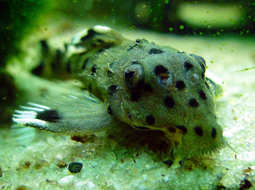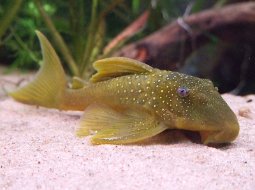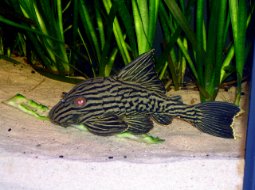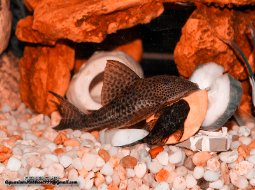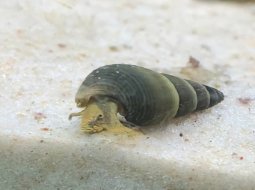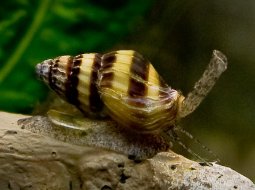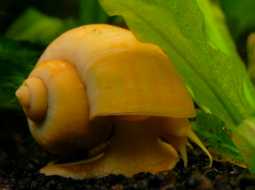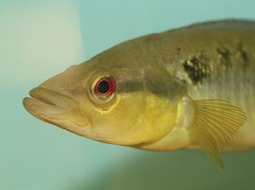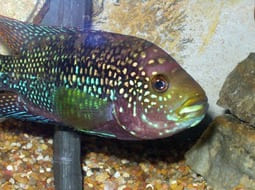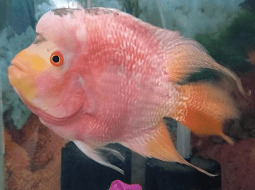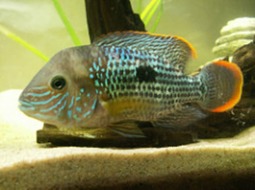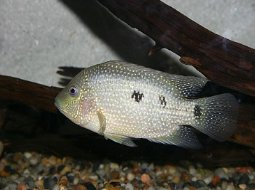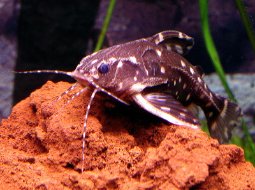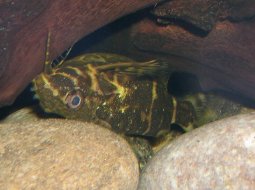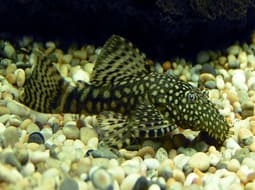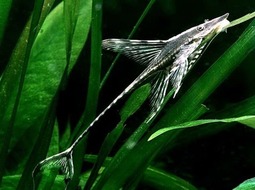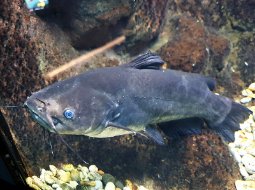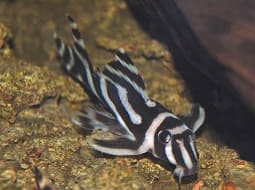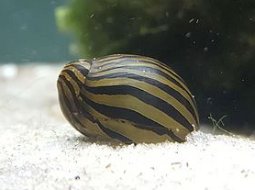
Loading Aqualapp ...
Care and Compatibility of Red-bellied Piranha - Pygocentrus nattereri
Introduction
The Red-bellied Piranha (Pygocentrus nattereri) is a freshwater fish belonging to the Characidae family. It is native to the Amazon River basin and is found in several countries in South America, including Brazil, Peru, and Venezuela. This species is known for its intimidating appearance and its reputation as a fierce predator. They have a robust, laterally compressed body, with a generally silver coloration and a prominent snout with sharp teeth. As they grow, they develop an intense red coloration on the lower part of their body, which gives them their common name of Red-bellied Piranha.
Behavior
The Red-bellied Piranha (Pygocentrus nattereri) is a fish known for its reputation as a voracious predator. They are carnivorous fish and mainly feed on other fish, although they can also consume meat and other animal-based foods. They are aggressive and territorial fish, so it is important to keep them in sufficiently large aquariums and provide them with shelters and places to explore. It is recommended to keep them in small groups to reduce aggression among them. Caution should be exercised when handling these species due to their powerful jaws and sharp teeth.
Sexual Dimorphism
Sexual dimorphism in Pygocentrus nattereri is minimal and difficult to distinguish. Both males and females have a similar appearance. During the breeding season, they may exhibit more pronounced territorial behavior.
Reproduction
Red-bellied Piranhas reproduce in shallow waters during the rainy season. The males build nests and perform courtship displays to attract females. The female deposits her eggs in the nest, and the male fertilizes them. After hatching, the parents care for and protect the fry until they can fend for themselves. It is important to provide them with a suitable environment with shelters and plants for the successful reproduction of this species.
Aquarium Conditions
Pygocentrus nattereri, commonly known as red-bellied piranha, is a carnivorous fish that requires a spacious aquarium with rocks, driftwood, and hiding spots. It prefers warm and well-oxygenated water. Aquarium décor should be robust and sturdy, as piranhas can be aggressive. Maintaining water quality is crucial and providing a proper diet.
Feeding
The Red-bellied Piranha is a carnivorous fish, and its diet is primarily based on meat and other animal-based foods. In the wild, they mainly feed on other fish, but they can also consume crustaceans, insects, and small vertebrates. In captivity, they can be fed a variety of fresh or frozen foods, such as small fish, shrimp, worms, and lean meat pieces. It is important to provide them with proper and varied feeding to maintain their health and vitality.
Complexity
Caring for Pygocentrus nattereri can be challenging due to their predatory and territorial nature. They are aggressive fish that can harm other fish in the aquarium if not properly managed. It's recommended to keep them in large groups and provide proper feeding to avoid aggressive behavior.
In case you need more help, or if you want to know into any topic related to the Pygocentrus nattereri (Red-bellied Piranha) and even any other species you can use the forums to ask what you need.
To do an analysis more detailed about coexistence and behavior of Pygocentrus nattereri (Red-bellied Piranha) use the Aquarium simulation tool, if you do this you can test different ways to combine the Red-bellied Piranha with other fishes giving the dimensions and space on you aquarium, on this way you can known the optimal configuration for keep the fishes that you want.
You can also find out the 30 species compatible with the Pygocentrus nattereri (Red-bellied Piranha) can live together.
Note: The parameters of the water such as PH and temperature are also used to calculate the compatibility of the species.
Compatible species (30)
Compatible (7 Species)
Compatible without any restriction
With Reservation (17 Species)
Compatible in some cases, it depends on the nature and personality of the fish.
Las especies territoriales por lo general pueden convivir con especies protegidas con coraza, ya que no pueden hacerles daño por su dura piel, lo que si hay que tener en cuenta es tener un acuario con dimensiones favorables para que cada pez pueda delimitar un territorio, ya que la mayoría de peces acorazados son también peces de fondo y les gusta estar buscando lugares donde ocultarse.
Considerable size difference (6 Species)
They can coexist while they are similar in size or the size difference is not very abysmal, since as the fish grows it increases the chances of eating its partner that did not grow much.
Red-bellied Piranha
Pygocentrus nattereri
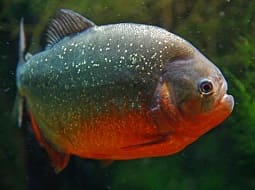
- Ph: 5.5 - 7.5
- Temperature (c°): 24 - 27
- Measures: 20 cm - 30cm
- Aquarium Capacity:
120 Liters - 32 Gallons - Alimentación: Carnivores, Omnivores
- Colores: Gris, Red
- Comportamiento: Aggressive, Shoal, Territorial
- Habitad: American
- Preferencias del Acuario: Logs, Rocks
- Tamaño: Big
- Taxonomía: Fish
- Tipo de Agua: Sweet water, Tropical waters
- Velocidad de nado o movimiento: Normal
- Zona de Nado: Swim in the middle of the aquarium

.jpg)
